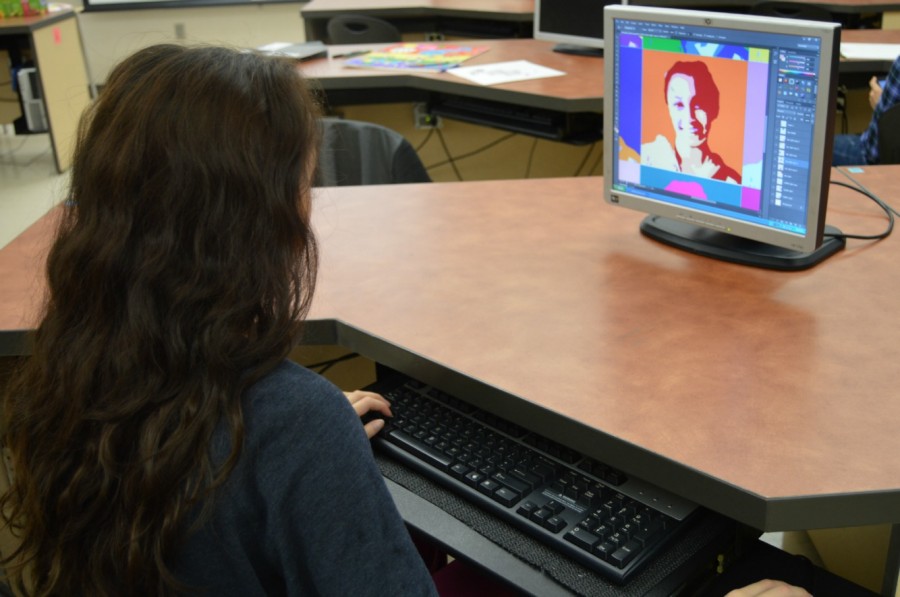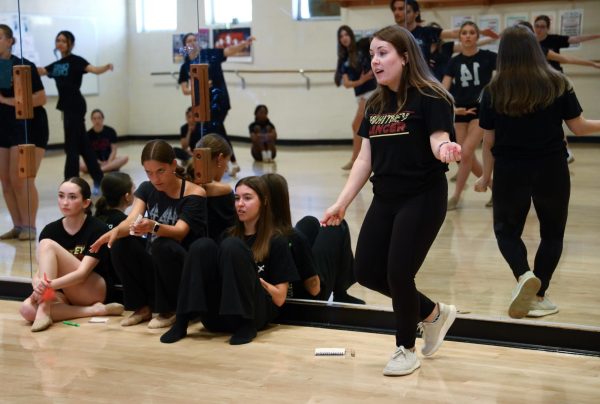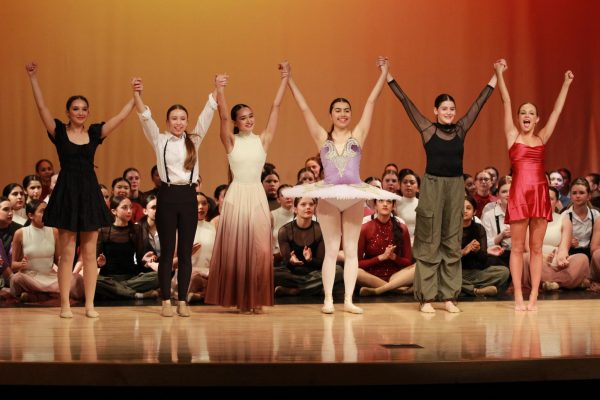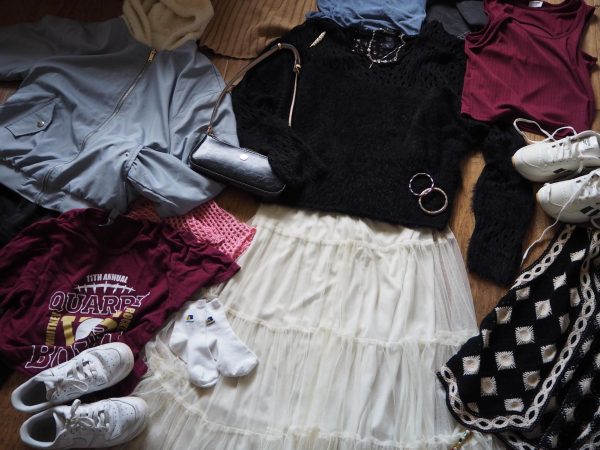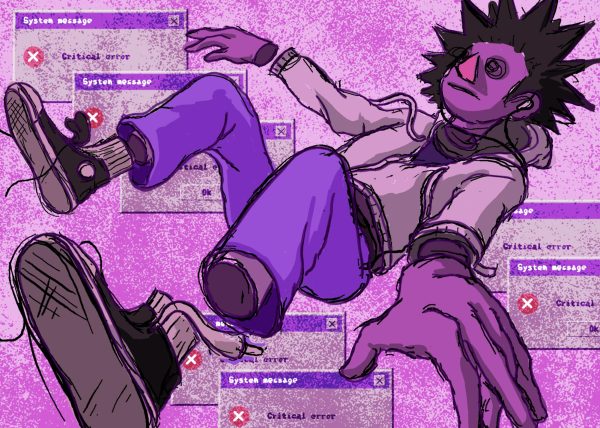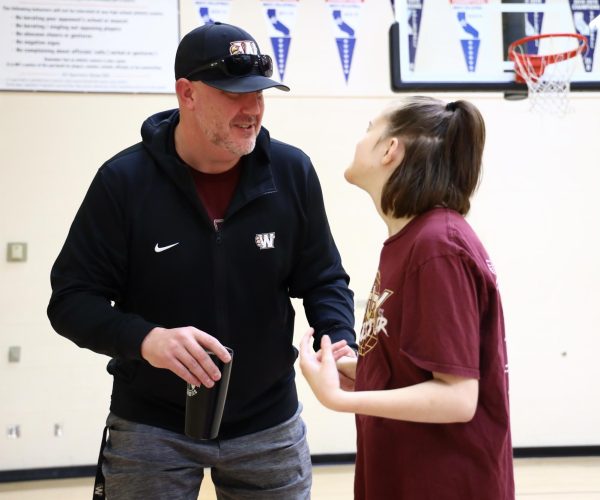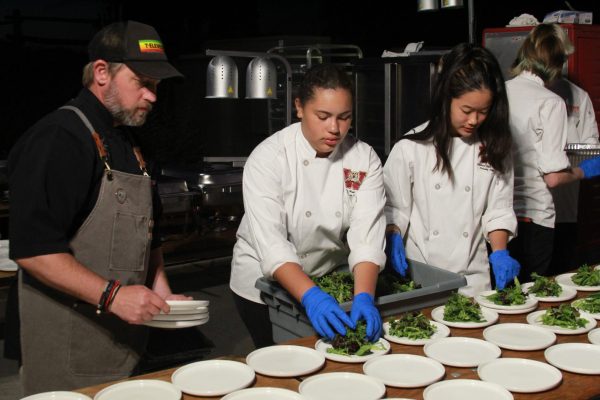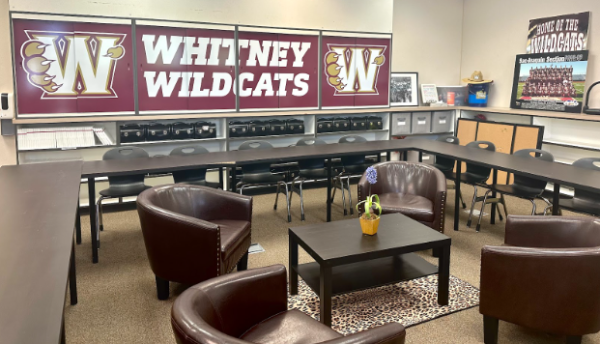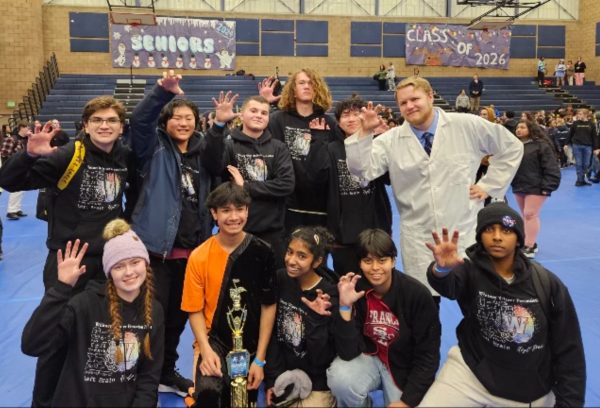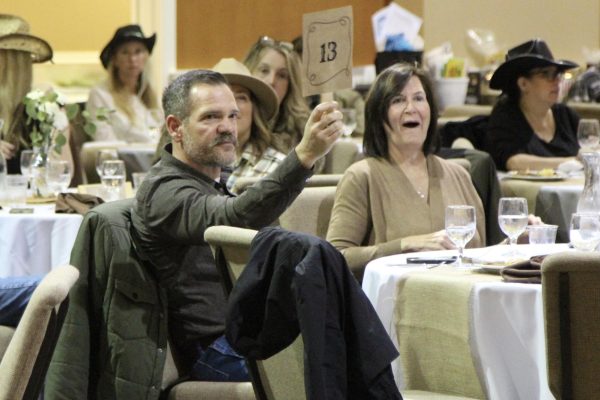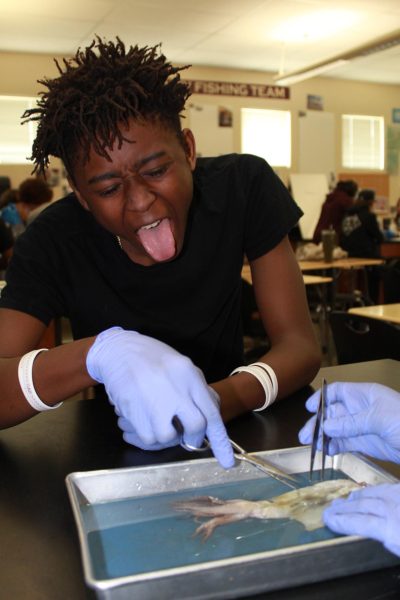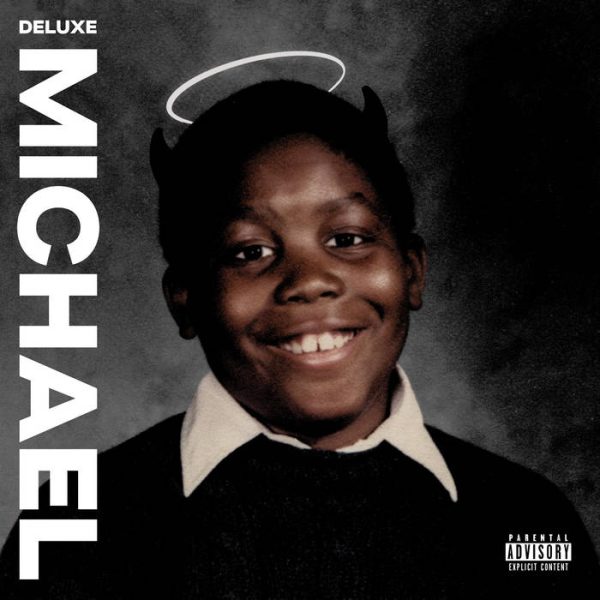Graphic Communications I takes art to a digital level
In Graphic Communications I, students are being challenged to create a pop art collage of themselves before the end of the semester. To finish the project, many are attending the open studio, a time for students to work on their projects on school computers, after school in room J8 to finish what they’ve started.
Pop art was an art movement which emerged in Britain in the 1950s. It challenged the idea of classical art by including popular imagery and words. Students are copying a photo illustration by Andy Warhol, one of the most famous pop art artists from that time period.
“It’s named pop art because it takes popular culture and it turns it into art,” Katie Bebinger said.
To learn more about the digital creation of pop art, students in Miss Whitney Lum and Mrs. Kirsten Parker’s Graphic Communications I classes had to create a pop art collage of themselves. To do this, they had to take a photo of themselves, convert the photo so there are three rows down and across of the same photo, soften the edges, make it black and white, and then add nine different color schemes, one for each photo. For the last three photos, students could add their own special touches by choosing the last three color schemes. There are other aspects that students must pay attention to as well, such as the the direction the light is hitting their face in the photo.
“Miss [Whitney] Lum gave us a graph and she told us what colors to use. If the light is on one side of your face, you have to use the lighter colors on that side, and then the darker colors of that color on the other side,” Micaela Harris said.
This process can take a while, when including all of the aspects of art taught to complete the pop art collage, such as the structure of the color wheel and the development of color schemes.
“[The students] learned a little bit of art history with the art movements, they also learned about color theory. They created a pencil color wheel, an edible color wheel, and then they applied it in the computer with the pop art faces,” Lum said.
This is why Lum held an open studio Dec. 11, and is holding another one Dec. 15. Since this essential skill carries a large weight on the students’ final grade for the semester, she believes this extra time will be needed so that students can catch up, get ahead and use the resources she can provide.
These skills aren’t just helpful for the pop art assignment, but also for future graphics assignments, and careers that involve graphic design. Bebinger is interested in just that.
“If you take a graphic design major you can go into so many different things and there are so many different possibilities, so that’s what I’m aiming for,” Bebinger said.
Lum believes that not only are these skills helpful in the graphic design field, but will also help students express themselves in any class through a new and upcoming digital form of art.
Lum said, “They can apply this to any class. They can apply it to a poster they make in history, a PowerPoint slide in science. I feel that this class is important, even though it’s ‘just an art class’ as some people see it. It’s so they can communicate in any subject matter.”
by RACHEL MARQUARDT

